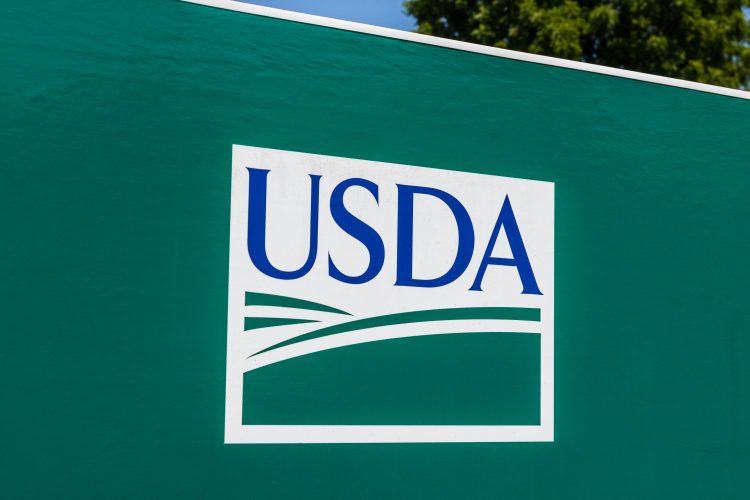USDA commits to nutrition security and behavioural health research

The USDA has embarked on a three year collaborative project to understand the link between nutrition services and behavioural health and wellbeing.

Aiming to explore the intersection between nutrition security and behavioural health and wellness, the US Department of Agriculture’s (USDA) Food and Nutrition Service’s (Mountain Plains Region) has started a year three of a collaborative partnership with the US Department of Health and Human Services Substance Abuse and Mental Health Services Administration (SAMHSA).
The USDA has said that the project will be part of “The Food and Mood Project”, something it hopes will reduce the impact of mental health and substance use issues through “identifying and implementing strategies that address the intersection between nutrition security and behavioural health and wellness”.
The Food and Mood Project
With the goal of “serving as a resource in mitigating the impacts of behavioural health issues in children and youth”, The Food and Mood Project is something that the USDA hopes will “promote emotional wellness and reduce the impact of mental health and substance use issues in the SAMHSA Regions 7 and 8, and USDA FNS Mountain Plains Region and the K-12 population”.
The USDA has said that it will achieve this by identifying and implementing strategies that address the intersection between behavioural health and food/food insecurity/cultural food diversity/school gardens.
Although the USDA has observed that “the link between consistent access to nutritious food sources and children/youth behavioural health is well-documented”, it pledges that The Food and Mood Project will review related research, identify and share best practices demonstrating work under the Pillars of Food and Mood.
What are the Pillars of Food and Mood?
According to the USDA, the Pillars of Food and Mood are:
- Equitable access to resources – The USDA is aiming to provide flexible funding that will enable equitable access to nutritious, culturally appropriate foods, and emotional wellness related services
- Multi-disciplinary community engagement – Providing a change in the perspective of mental health at the community level that engages with social determinants of health
- Holistic and culturally informed curriculum – The USDA hopes to implement culturally-appropriate Food and Mood learning opportunities, or curriculums that promote food and emotional wellness.
- An inclusive, normalising public dialogue – Decrease in stigma behind food and emotional wellness through public education, national campaigns, and thoughtful public dialogue.
Following its launch in 2021, the Mood and Food Project reportedly led to a series of learning collaborations for state and community, looking at specifically at health, education, nutrition, food insecurity, with related experts working in the combined Mountain Plains Regional Offices and SAMSHA regions.
The USDA has said that two key strategies of the group supports are the USDA’s Farm to School Program and the CDC’s Whole School, Whole Community, Whole Child (WSCC) model which it says promotes youth emotional wellness and addresses behavioural health problems, including those related to food insecurity and the lack of access to culturally diverse food.
Source: newfoodmagazine.com

